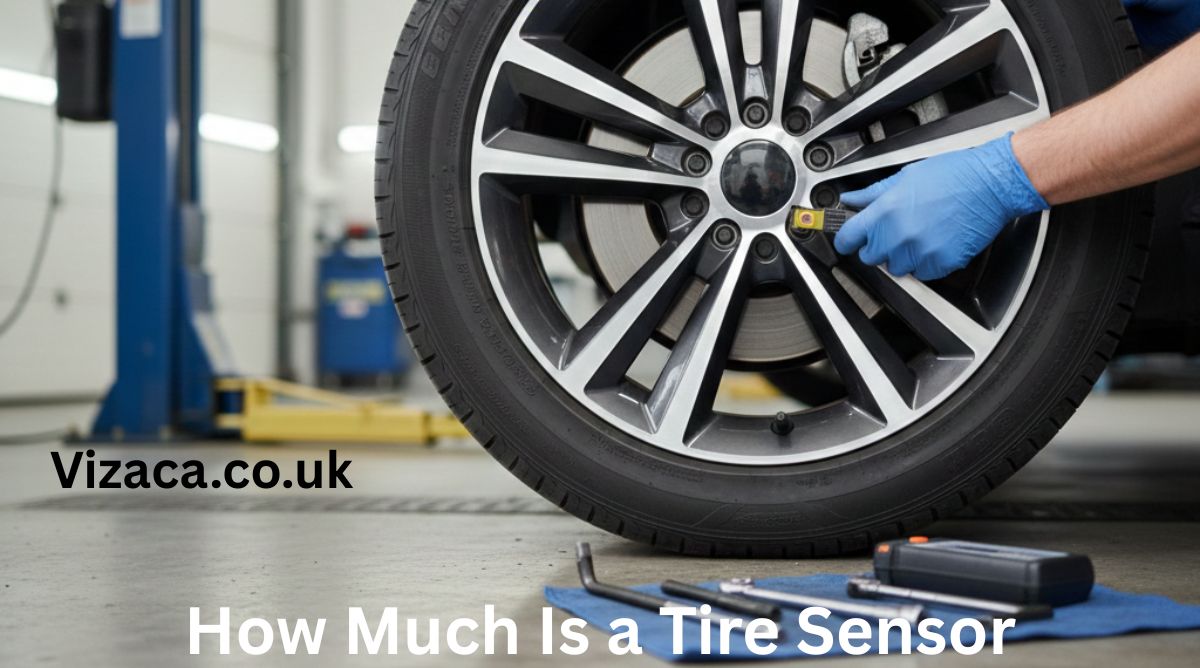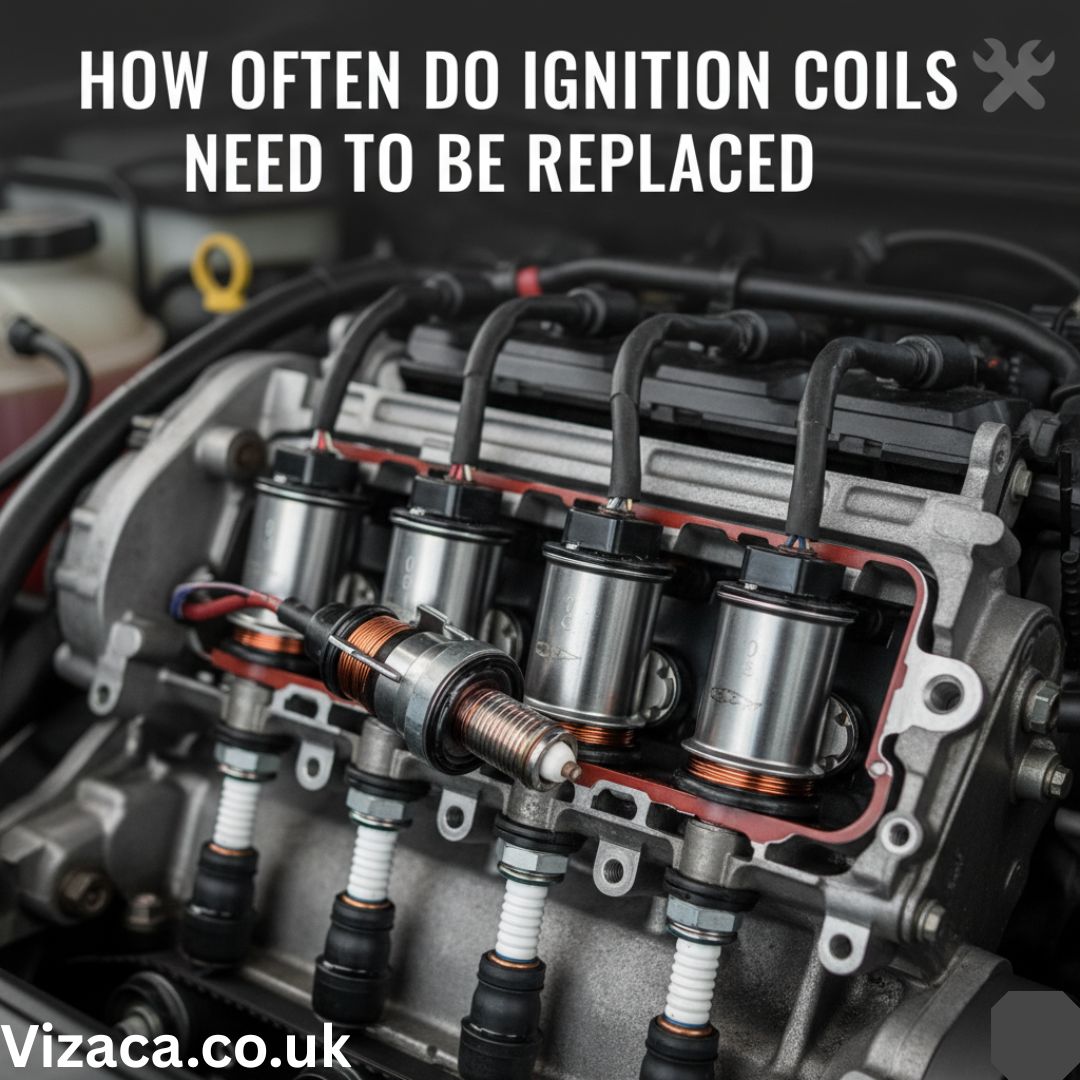Introduction
Brake pads are one of the most critical components of your Hyundai Elantra’s braking system, providing the friction necessary to stop your vehicle safely and effectively. In this blog, we’ll delve into everything you need to know about Hyundai Elantra brake pads, including their function, signs of wear, replacement guidelines, and options for upgrading to enhance performance.
Understanding Brake Pads
Brake pads are essential components that press against the brake rotors to generate friction, converting kinetic energy into heat and slowing down your vehicle. Hyundai Elantra brake pads are typically made from a composite material, which may include semi-metallic, ceramic, or organic compounds. These materials are chosen for their durability, heat resistance, and ability to provide consistent braking performance.
Signs of Brake Pad Wear
Recognizing the signs of brake pad wear is crucial for maintaining optimal braking performance and safety. Here are some common indicators that your Hyundai Elantra’s brake pads may need replacing:
- Squealing or Grinding Noise: High-pitched squealing or grinding noises when applying the brakes can indicate that the brake pads have worn down to the point of needing replacement.
- Reduced Braking Performance: If you notice that it takes longer to bring your Elantra to a stop or if the brake pedal feels soft or spongy, it may be due to worn brake pads.
- Visual Inspection: You can visually inspect the brake pads through the wheel spokes. If the pads appear thin, unevenly worn, or have less than 1/4 inch of material remaining, it’s time to replace them.
Brake Pad Replacement
When it’s time to replace your Hyundai Elantra’s brake pads, it’s essential to use high-quality replacement pads and follow proper installation procedures. Here’s a general overview of the brake pad replacement process:
- Gather Supplies: You’ll need new brake pads, a C-clamp or brake caliper tool, a lug wrench, a jack and jack stands, and possibly brake grease.
- Lift the Vehicle: Use a jack to lift the Elantra off the ground and secure it with jack stands.
- Remove the Wheels: Use a lug wrench to remove the wheels and access the brake calipers.
- Remove the Caliper: Use a wrench to loosen and remove the caliper bolts, then carefully lift the caliper off the rotor.
- Replace the Brake Pads: Remove the old brake pads and install the new ones, ensuring they are positioned correctly.
- Reassemble and Test: Reinstall the caliper, wheels, and lug nuts. Lower the vehicle, and test the brakes to ensure they are functioning properly.
Upgrading Your Brake Pads
If you’re looking to enhance your Hyundai Elantra’s braking performance, consider upgrading to high-performance brake pads. These pads are designed to provide improved stopping power, reduced brake fade, and enhanced durability. Options include ceramic, semi-metallic, and performance-oriented pads, each offering different characteristics to suit your driving needs and preferences.
Conclusion
Maintaining your Hyundai Elantra’s brake pads is essential for ensuring your safety and the performance of your vehicle. By understanding the signs of brake pad wear, following proper replacement procedures, and considering upgrade options, you can maximize the effectiveness of your Elantra’s braking system and enjoy peace of mind on the road. If you’re unsure about performing brake pad replacement yourself, it’s always best to seek the assistance of a qualified mechanic or automotive technician.










